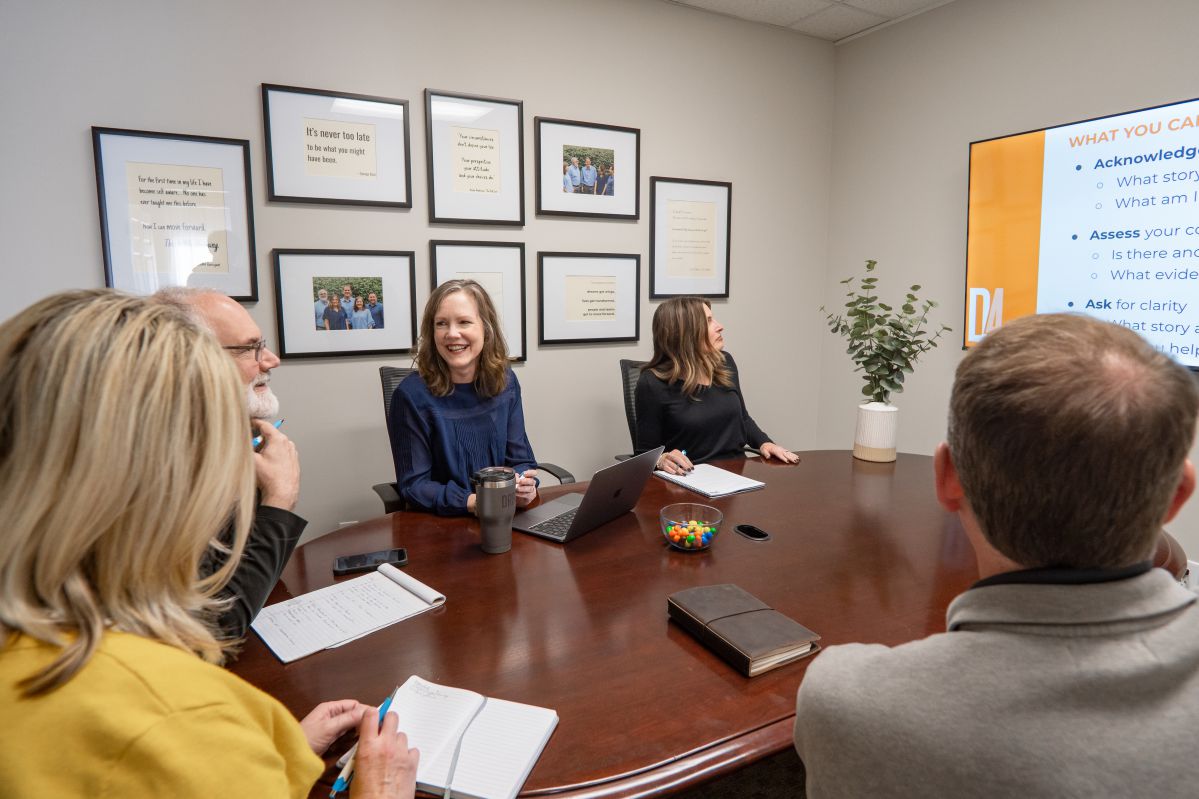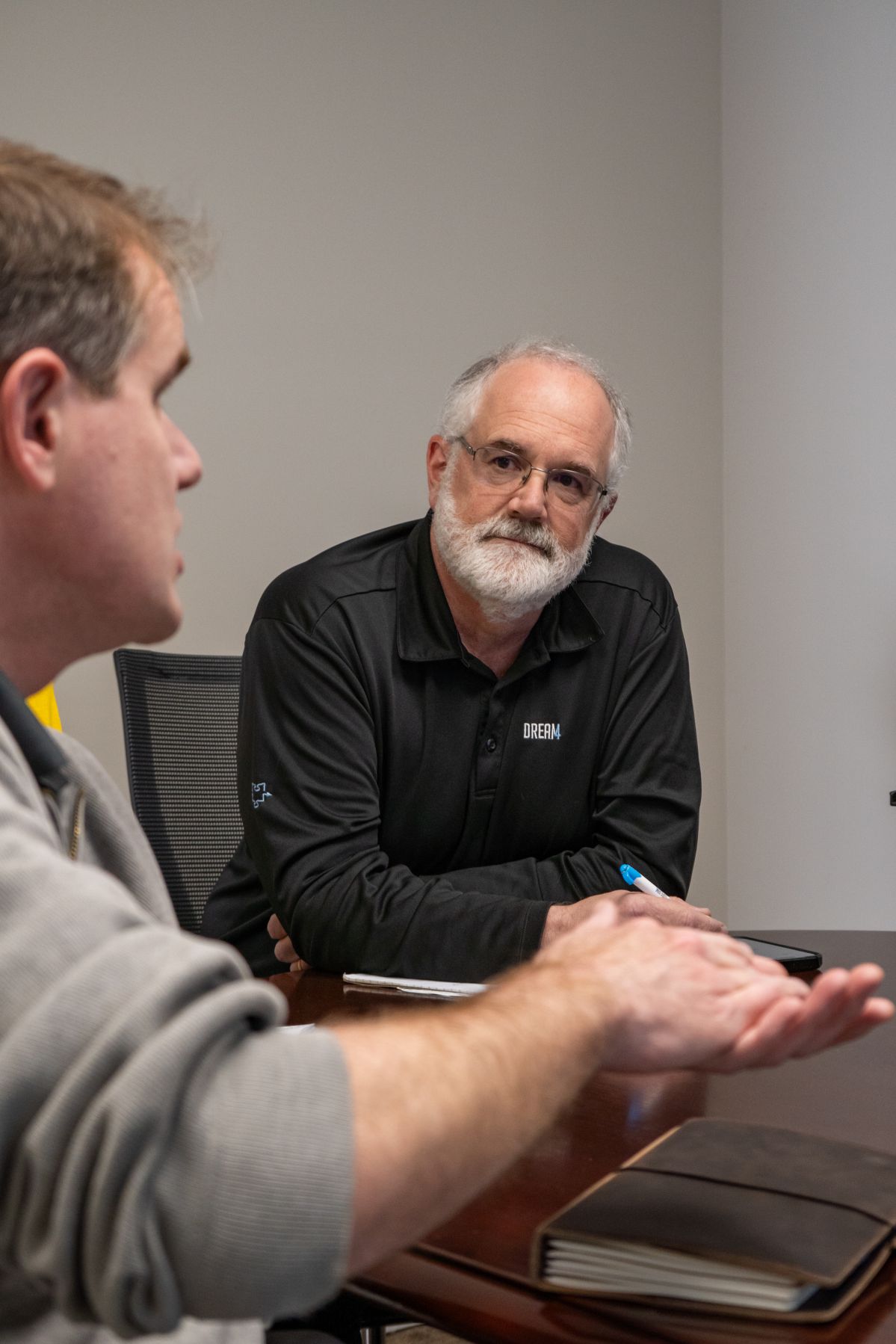At the beginning of 2020, I set a goal toward improving my physical wellness. It was a simple goal: move my body with intention (i.e., exercise, sweat) three times a week. With that goal in mind, I set up a plan – I wrote out my first month of exercises, made sure I had all the necessary resources, but I was missing a crucial piece of the equation for success. I did not have a source of accountability, but I’m a solitary exerciser; I do not like gyms or working out with other people all that much.
But it turned out that I had a built-in accountability partner on my wrist - My Apple Watch. I could measure my daily progress by “closing my activity rings,” which measured calories burned, exercise minutes, and time spent standing. There were also weekly goals, and it also set personalized monthly goals. And every time I achieved one of these goals, I received a digital award. It may seem small or silly, but these motivated me. It was like I had someone recognizing my effort and praising my work. And the bottom line is we all need that.
As we examine how to take care of our team members’ well-being, the final step – the “M” in T.E.A.M. – is to MAKE recognition and praise a part of our company’s culture. This is one of the most desired and impactful strategies to positively impact your team members’ work experience and their lives. A recent study* from SHRM shows that 70% of employees say recognition makes them feel emotionally connected to peers. And another 70% say recognition makes them happier personally. The impact of providing positive reinforcement – recognition, and praise – cannot be understated. When leaders offer recognition, they are taking the time to do so, which demonstrates that they care.
And the good news: it is easy to implement, but it does take intentionality. Just like any goal, we need a plan. And your plan should be individualized to fit your company and your team members. Here are some ways to provide recognition and praise – think about what would work for your team.
- “One Good Thing” – Start every meeting off on the right foot. Ask every team member to share one good thing that is happening in their world – personally or professionally. Allow space for others to congratulate and add their praise as well. There are so many achievements that happen inside a workplace that no one knows about. This exercise shines the light on those achievements and also allows for individual team members to talk about what is important to them.
- Utilize Technology & Encourage Peer Praise – Programs like Nectar makes it easy to build recognition into your company’s culture and create a positive work environment. With Nectar, all employees are empowered to give praise to one another. Peer encouragement can be just as important and impactful as recognition from a leader. Encourage it. Nectar allows you to formalize that process.
- Pick up a Pen – Here’s the old school approach: write a note! Some people appreciate individual or private praise. They may be uncomfortable receiving praise in public or group settings. So, put pen to paper and thank your team members for their effort and celebrate their achievements. As leaders, we should always be asking ourselves, “who can I provide love, truth, and insight to at this moment?” Asking ourselves that question will help to remind us to provide praise more frequently.
When we make praise and recognition a part of our teams and our companies, we do three things:
- Communicates the message that, “You are noticed. You and your work have value and meaning.”
- Builds relationships – see the statistic above – we feel connected when we receive praise.
- Boosts performance and productivity. The same study from SHRM shows that 79% of employees say recognition makes them work harder, and 78% say recognition makes them more productive.
Those little digital awards kept me going on the tough days. The dopamine release that comes with recognition and praise is impactful. It helped me make better decisions, and over time, build those habits by keeping the promise of moving my body with intention three times a week. Over time, my physical wellness and fitness continued to improve, and as my wife said, “you’ll do things for your watch you wouldn’t do for me!” Even though that is not true (!), that recognition, praise, and tangible acknowledgement of an accomplishment inspired me.
People need it. And your team members are more than employees – they’re people that need, appreciate and value praise. Make it a priority. It’s not difficult, but it requires intention. Start today. Build a positive reinforcement culture inside your organization that will impact your people more than you can imagine.
If you and your team need help to create a strategy, we can help. Schedule a call today, and let’s close the gap between where you are and where you want to be.
REFERENCES
*https://blog.shrm.org/blog/how-recognition-makes-workhuman




